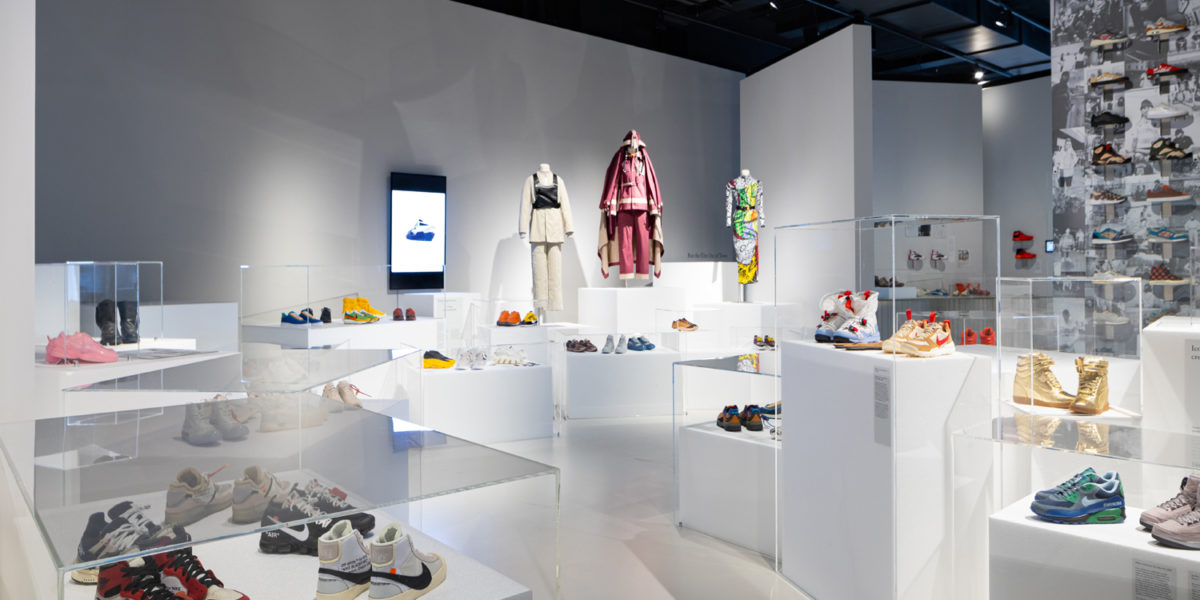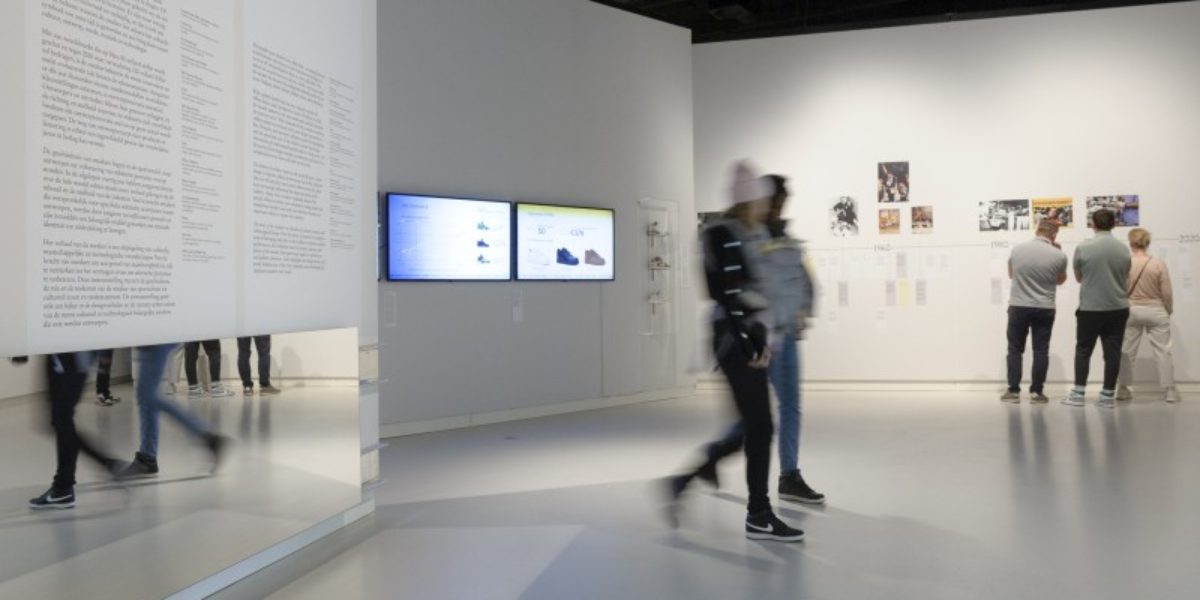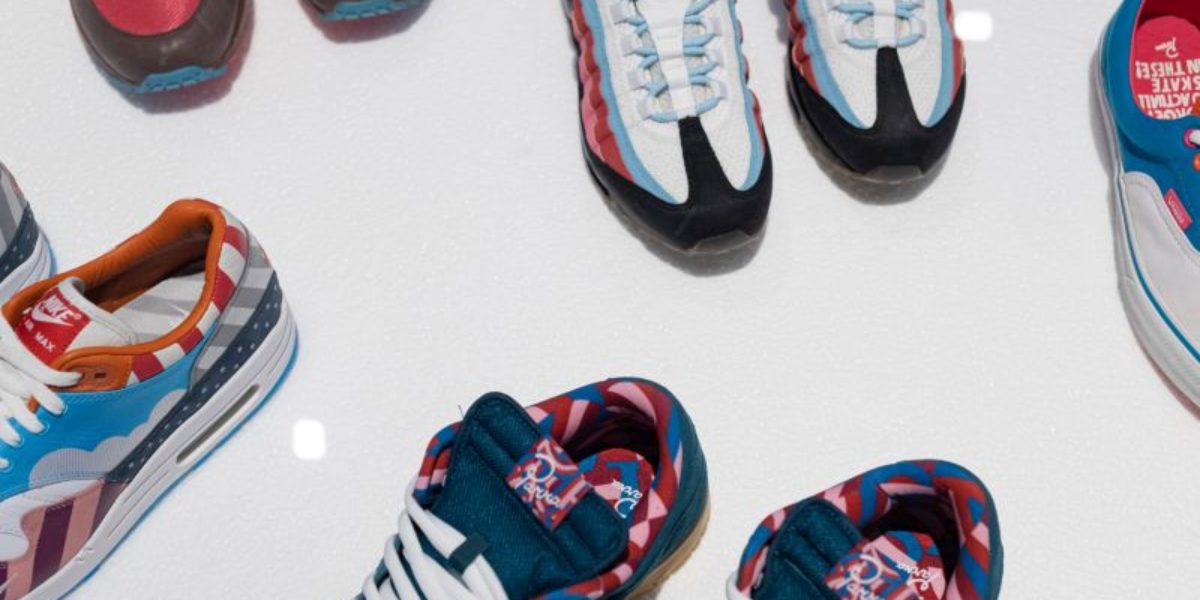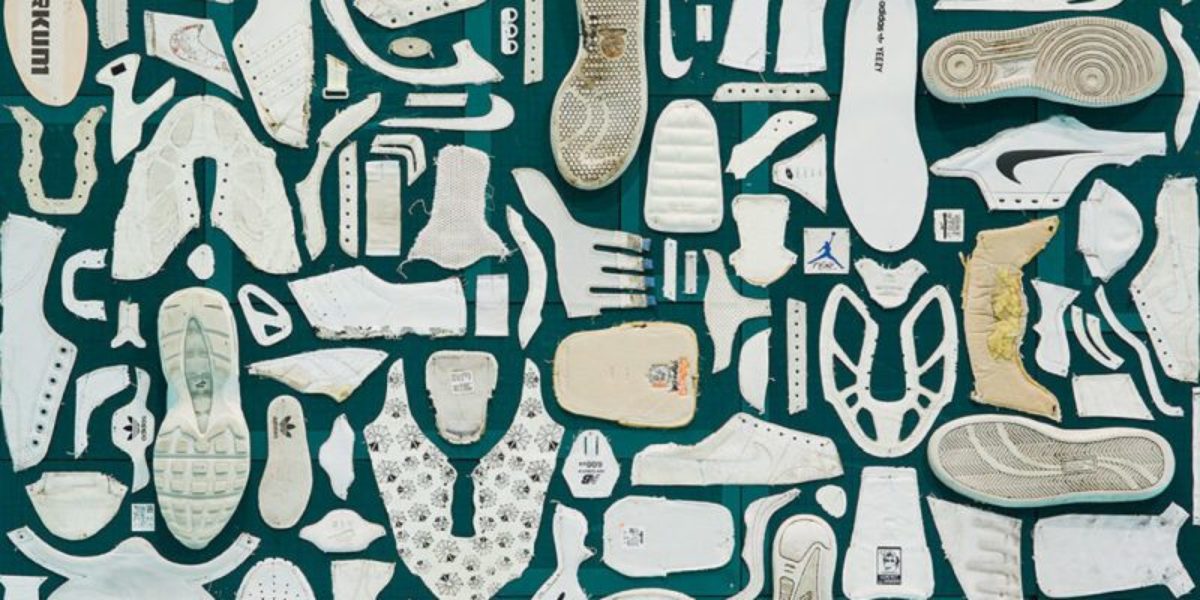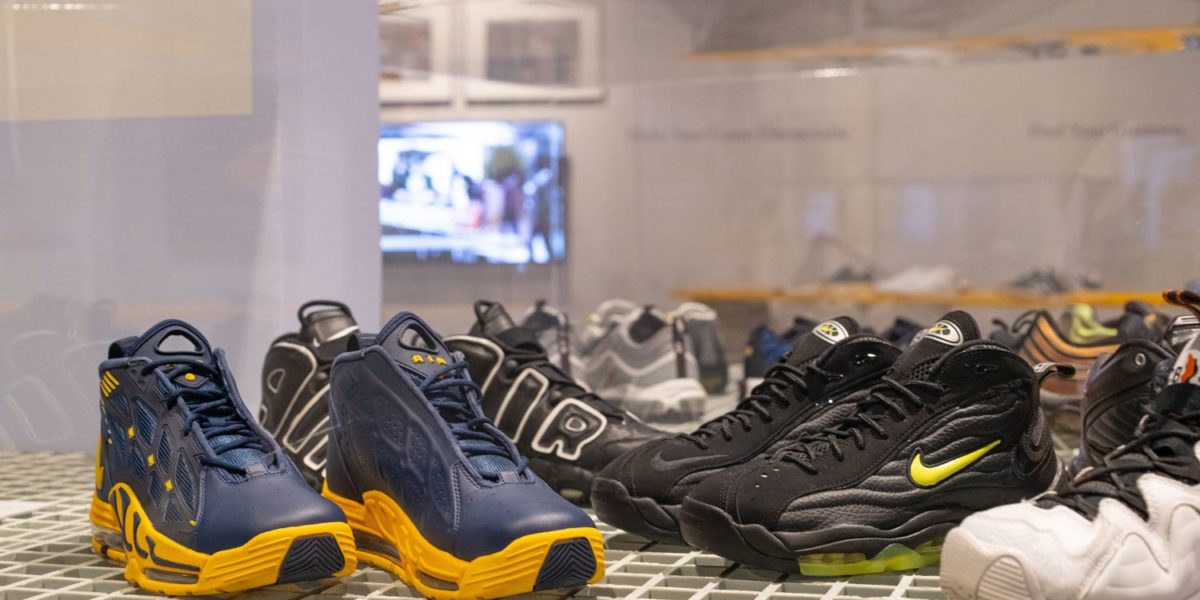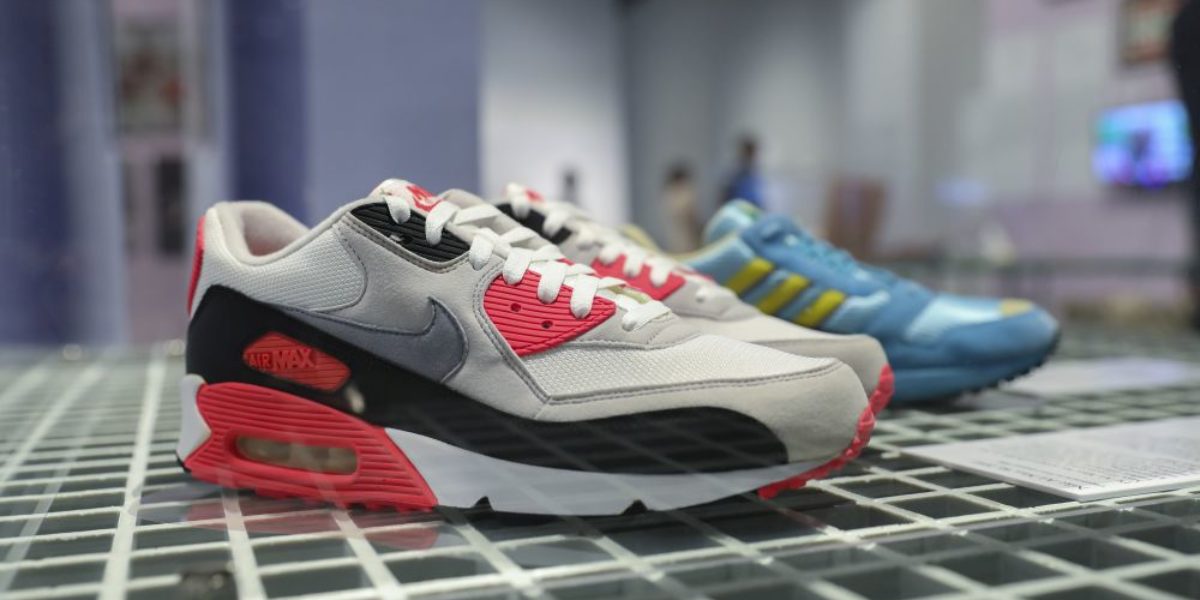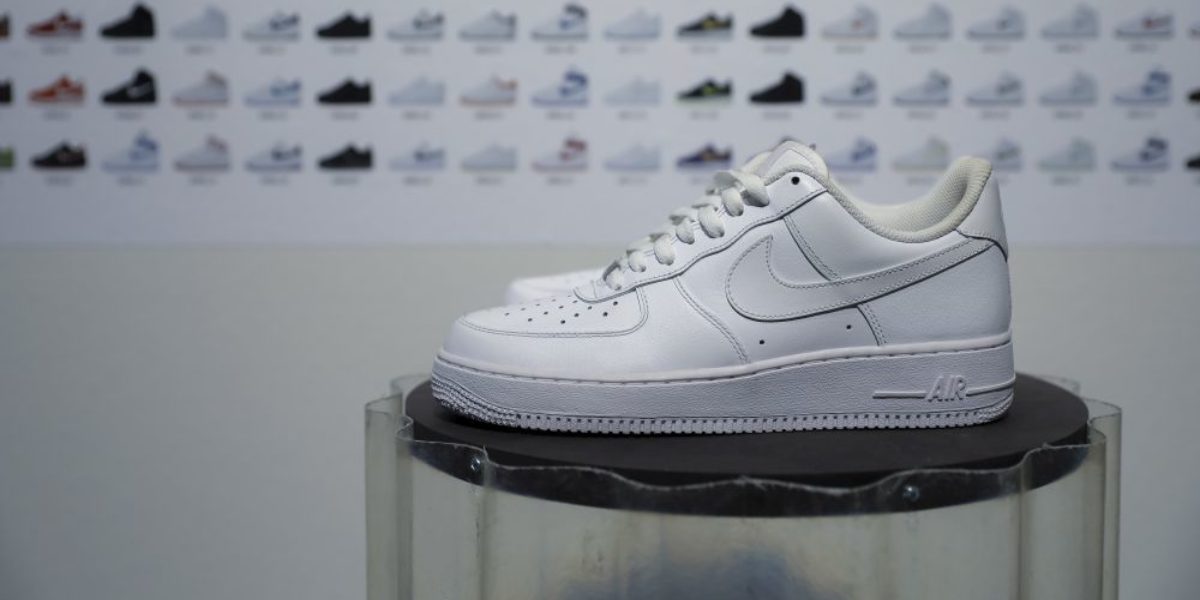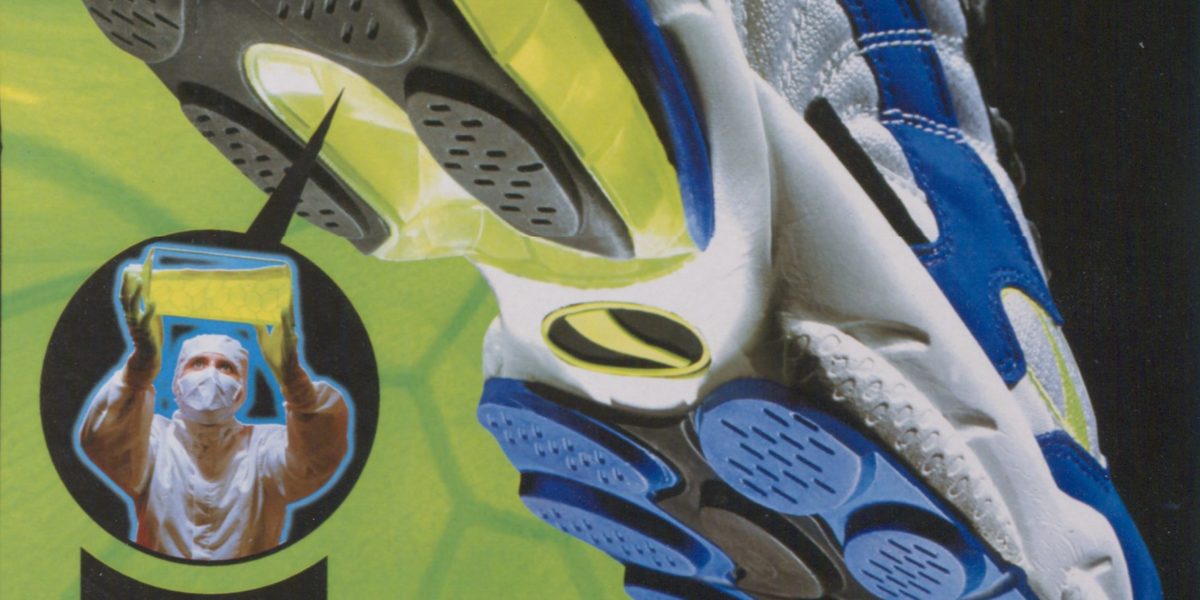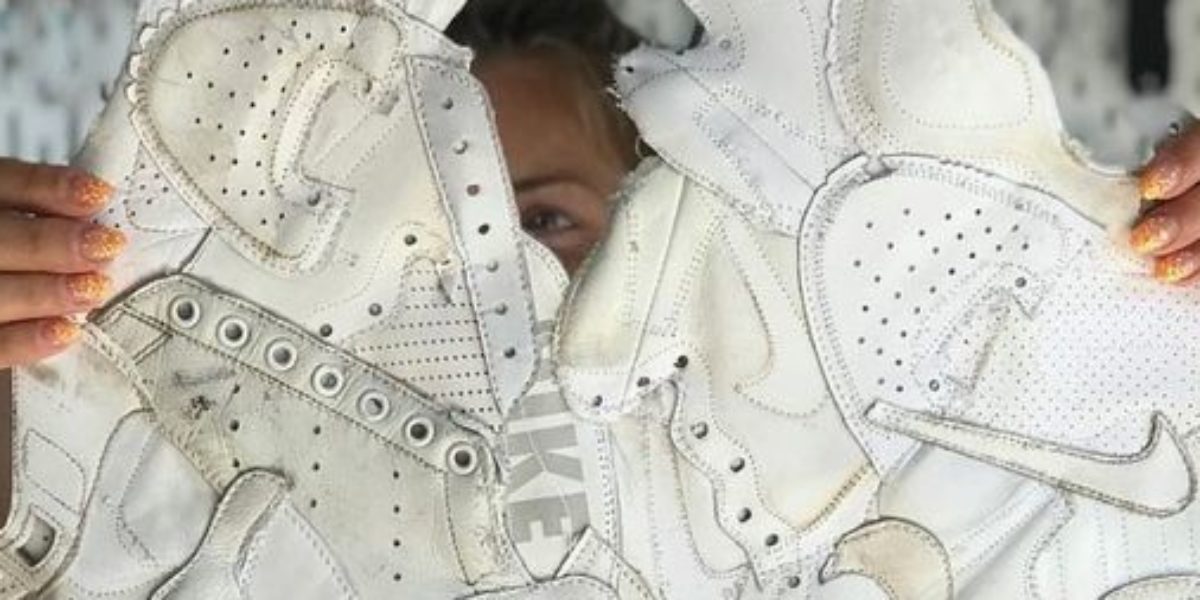As global travel and communication increased in the late 1990s, a handful of sneaker and streetwear aficionados played a key role in convincing big sports brands to reissue old models and create new colourways in limited numbers.
Still reluctant to step outside the realm of performance sportswear, some brands established experimental hubs to incubate new ideas, such as Nike’s co.jp team, as well as partnerships with select small retailers and collaborations with progressive fashion designers with their own following. These small initiatives created a sense of exclusivity and in turn, kickstarted a significant market for rare releases.
Harajuku streetwear
A distinct shift in sneaker culture emerged from Tokyo in the late 1990s. On the back of an established streetstyle culture called ‘Urahara’ (after Ura-Harajuku, a district of Tokyo), a high-end streetwear sensibility and specific collector mindset developed. This led many, if not all, sports brands to explore collaborations with creative figures, such as Hiroshi Fujiwara and Hommyo Hidefumi, and to establish Japan-specific teams or collectives. Some of the earliest limited-edition sneakers were designed and released in Japan only.
Early Fashion collaborations
Tokyo is where some of the earliest and longest-running fashion and sports shoe collaborations were established. Designer Junya Watanabe, of Comme des Garçons, and Nike released their first collaboration shoe, the Nike Zoom Haven, in 1999. The Puma by Miharayasuhiro line started in 2000, and in 2002 Yohji Yamamoto and Adidas premiered their collaborative Y-3 brand.
Icons creating icons
Collaborations with highprofile figures from the worlds of music, sport and art to create sneaker exclusives, either by reimagining iconic silhouettes or designing their own lines, have had a significant impact on the value of sneakers. The combination of celebrity cachet and widespread desire for exclusive products has resulted in a reverence and market for such collaborations that is akin to the luxury goods sector. As sales and raffles for limited editions moved online, bespoke resale platforms were established from 2016, conducting billion-dollar volumes of trade around the globe.
For Love or Money
For Love or Money is one of the rarest and most valuable sneaker collaborations. It was created in 2005 by Nike’s Skateboarding division (Nike SB) and graffiti artist Futura 2000. The same year, an unruly queue in New York for a different Nike SB collaboration – with Reed Space – was dubbed a ‘Sneaker Riot’. Brands had recognised the interest in rarity and, by limiting the run of a particular model, manufactured exclusivity and increased desire. By teaming up with small independent retailers with their own dedicated following, they intensified the frenzy over certain sneakers and saw a sharp increase in resale value.
Design experimentation
Once a rare sight, sneakers are now commonplace on international catwalks. In recent years, the number of collaborations between fashion and sportswear brands has increased dramatically. Some fashion labels have made their own forays into sneaker design. Not restrained by the need to make sneakers function as sportswear, fashion designers have been able to experiment with the design and shape of the shoes. New online platforms have now taken sneaker design into the virtual realm, creating and selling cyber sneakers, and spotlighting hypothetical projects that challenge the traditions of footwear.




